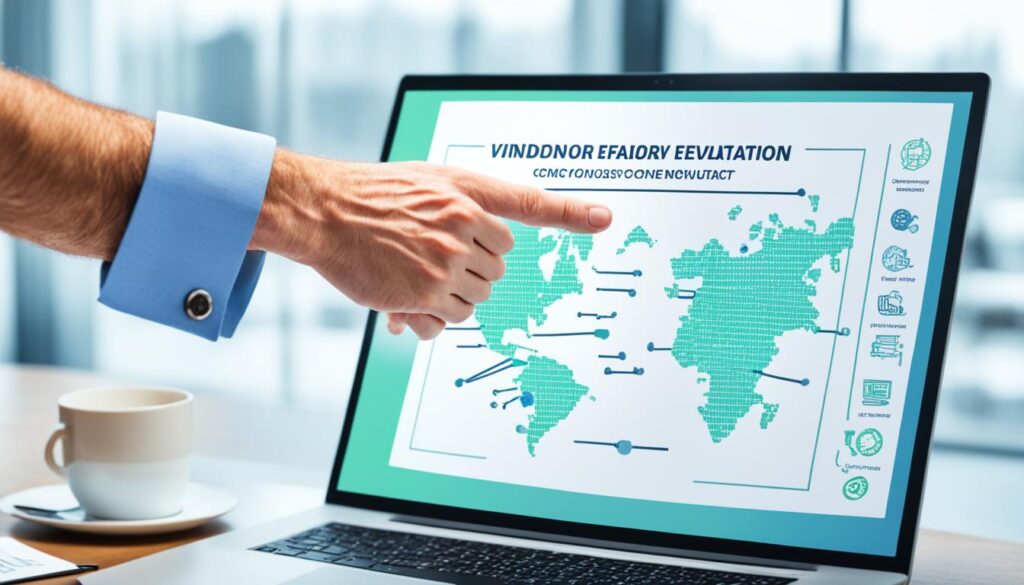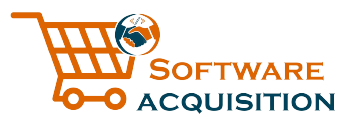Getting new software for your business can be a big job. But it’s necessary if you want things to run smoothly after you add them. Start by looking at what software you already have and what problems might come up. It’s really important to back up all your data. This keeps your important information safe when you make changes.
Having expert IT help, like from Teksetra, is key. They can guide you through the tough parts.
To make the most of the new tools, talking openly with everyone is a must. People need to know what’s changing and what’s expected. Checking how well the new tech works is also important. It helps you see if the changes are helping.
By being careful and looking at all the details, getting new software can make your business better. It can help your company grow.
Key Takeaways
- Complete a pre-M&A technology assessment to inventory existing software and audit risks.
- Prioritize data backup to ensure business continuity during software transitions.
- Engage professional IT support for smooth and efficient technology integration.
- Communicate changes clearly with employees to aid successful software adoption.
- Track and document technology results to evaluate strategy efficiency.
Understanding Organizational Needs and Goals
Examining your organization’s needs and goals is a must before buying any software. Make sure you look closely at your current systems. Check that any new software meets what you truly need for your business.
Assessing Current Systems and Infrastructure
First, evaluate what your organization already has in place. This look will help see if new software can fit in well. It’s key because many big companies fail to meet their plans due to poor system setup.
This understanding will show where you need to improve. It will guide you to select solutions that work well with your tech needs.
Identifying Business Objectives
It’s important to clearly set your business goals. These goals can differ by department. They can be about managing operations, customers, or making innovative changes.
Tom Polen, CEO of Becton Dickinson, notes it’s crucial to balance your goals. This balance should cover financial performance, quality, innovation, and talent. Goals could be to cut costs, boost revenue, or manage cash better. Good business objectives help choose software that truly helps meet your goals.
Mapping Software Features to Business Requirements
Connecting software features to business needs is vital. It’s about seeing if software can help reach your goals. David Rodriguez from Marriott says goals should be both bold and practical.
Map out how software can help meet your strategy. Use scorecards and strategy mapping to make sure software aligns with your targets. Also, setting SMART Goals Criteria can improve how well software meets your needs.
Vendor Evaluation and Relationship Management
When you’re looking at software vendors, don’t just focus on their products. It’s also vital to check their reputation and reliability. Building strong relationships using the best software procurement practices is key. This can make your software-buying process more successful.

Researching Vendor Reputation and Reliability
Good vendors can be partners for years, helping your business succeed. McKinsey & Company suggests using AI to choose vendors faster. This can turn a process that takes months into just a few days. It also saves on resources. Make sure you check vendors carefully to avoid bad or false suppliers. Scrutinizing vendors leads to better deals, fair prices, and the proof that they can meet your needs.
Assessing Customer Support and Training Offerings
How well a vendor supports you and trains your team is often forgotten. But, good support and training are crucial for a smooth transition to new software. It helps your team use the software well, which keeps the business running smoothly. The Promotional Products Association International (PPAI) suggests using a vendor scorecard to check how well your vendors perform after starting to work with them. This underlines the importance of continued vendor support.
Understanding Long-term Vendor Commitment
A vendor’s long-term commitment is key for ongoing success. Look at their plans for future updates and improvements. Vendors who are reliable and show they are committed can increase your buying success. Knowing what to expect from a contract and sticking to reasonable terms also reduces conflicts. This understanding about long-term commitment is critical in choosing your software vendors.
| Evaluation Criteria | Impact |
|---|---|
| Quality of Product/Service | Ensures business efficiency and reliability |
| Reasonable Cost | Provides cost-effective solutions without compromising quality |
| Transportation Costs | Supports overall budgeting and planning |
| Early Payment Discounts | Offers potential savings on procurement expenditures |
| On-time Delivery | Reduces risk of production delays |
| Financial Strength | Indicates the vendor’s ability to sustain long-term partnerships |
| Customer References | Validates vendor’s reliability and performance |
| Trustworthiness | Minimizes risk of malpractices or fraud |
| ESG Sustainability | Aligns with corporate responsibility goals |
Building strong relationships with vendors as though they are your partners can really improve your business. Aiming for a lasting commitment, supporting each other well, and choosing vendors carefully can lead to successful partnerships. These help meet your business’ goals better.
Top Considerations When Acquiring Business Software
Getting business software involves detailed planning and evaluation. The goal is to match the software with the company’s long-run aims. It’s also about reducing risks. I’ll share important tips for making the right choice.
Conducting Comprehensive Due Diligence
Doing your homework is key when buying business software. You need to check if the software meets what you need. This means looking into what it can do and if it can grow with you.

Canada saw more tech mergers in 2021. With firms joining forces to get ahead, it’s essential to pick software that can grow as you do. This avoids having to upgrade or change often.
Legal and Compliance Aspects
Legal issues are big when picking software. You need to look over contracts and make sure you’re not borrowing someone else’s work without permission. This is especially true in tech. Knowing who can use what data matters too, due to various laws.
When buying another tech company, knowing about its ownership is crucial. This includes how decisions are made and rights over the business. Also, keeping your tech safe from hackers is important. It avoids costly fines or bad press from leaked data.
Technical Compatibility and Scalability
Software has to work with what you already have. It should fit well and not cause trouble. How well it performs is significant too. It must handle your work smoothly.
When picking up tech firms, you sometimes get to grow faster without spending much. But, buying companies with complex tech or in tightly regulated areas can be risky. They may need more attention.
Dealing with laws and the software’s life cycle is also important. You want it to stay legal without too much updating. This keeps your work running right and by the law.
Using a detailed due diligence checklist helps. It guides you to make choices good for now and later.
| Consideration | Description |
|---|---|
| Due Diligence | In-depth analysis of software capabilities and company needs. |
| Legal Aspects | Review of license agreements and IP rights. |
| Technical Compatibility | Assessment of software compatibility with existing systems. |
| Scalability | Evaluation of software performance and growth potential. |
| Compliance | Ensuring software meets current and future regulatory requirements. |
Financial Evaluation
It’s key for any company to carefully look at the costs of buying business software. Business Software Acquisition Costs include more than just the buying price. There are also costs for maintenance, upgrades, and support. All of this affects the Total Cost of Ownership for Software. This view shows the real long-term costs.
Looking at the money side can take from six months to many years. Knowing this time frame helps with smart money planning. The steps to buying include developing a strategy, setting criteria, and starting valuation. These steps make sure to catch every cost. This helps avoid surprises.
Figuring out the Return on Investment in Business Software is crucial. It shows how valuable the software really is. The ROI looks at both hard savings and softer profits to measure its true benefits.
It’s important to know the vendor’s pricing method, whether by user, type, or how much you use. Matching these costs to what you can afford and what’s in your plans is crucial.
Experts in M&A, like those in corporate development or banking, are vital. They use financial ratios to really understand a company’s financial health. This knowledge helps make the best money decisions.
There are various ways to pay for software, like using your own money, loans, or credits. Choosing the right mix improves how much you spend and the software’s value.
Checking the new company’s culture is also key. This helps predict any issues with coming together and money problems. A thorough look at the finances makes sure buying the software is not just cheap but good for your whole business.
Conclusion
Getting business software needs careful consideration. You should think about how it fits with your work, do your homework, make sure the company selling it is dependable, and check the money stuff. The process is detailed and tailored to each business’s needs. This way, you cover risks and make sure you follow all laws and tech rules.
Money matters a lot. You must look closely at the price and the benefits. In 2014, the IRS fined businesses a lot for not paying enough taxes. This shows why it’s vital to plan your money well. Businesses spend big on IT, like computers, and these costs keep going up. So, it’s key to look at all IT spending, including renting computer gear, which is very common in many businesses.
Getting the right IT management tools is also crucial. AssetSonar is known for being very good at this and is the top pick for small to medium businesses around the world. Using powerful tools like AssetSonar helps companies keep better track of their IT stuff. This makes everything run better and uses resources in the smartest way.
In the end, following the right steps and focusing on important software features helps businesses a lot. They can get software that meets their needs now and helps them grow and stay strong. By using the best tools and a clear buying plan, making software investments works well for the business’s success.




